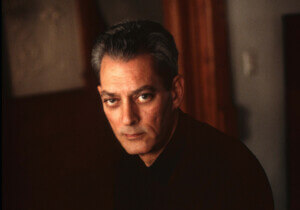When Eero Met His Match: Aline Louchheim Saarinen and the Making of an Architect
by Eva Hagberg | Princeton University Press | $29.99
In January 1953, Aline Bernstein Louchheim, an art critic for The New York Times, started working on a profile of Eero Saarinen, the Michigan-based architect who was beginning to develop a national reputation. As she got to know Saarinen, Louchheim fell in love with him, a process documented in an extraordinary series of letters in which she surrendered all pretense of journalistic neutrality. In one February letter, she casually mentioned making love to him; Saarinen replied that at their next meeting he was going to give her “two spanks.” The Times article, published on April 26, 1953, noted that “behind square, black reading glasses, his very pale blue eyes are intent and searching.” Within months, Louchheim, a divorcée, was referring to Saarinen, still married to the mother of his children, as her husband. He became just that in February 1954.
“I hope that my readers are somewhat shocked to see how intimate this supposedly neutral journalist was with her subject,” writes Eva Hagberg in her new book, When Eero Met His Match: Aline Louchheim Saarinen and the Making of an Architect, published this month by Princeton University Press. Yet Hagberg herself isn’t particularly shocked. She describes her own early days as an architecture writer as a free-for-all in which editors turned a blind eye to her acceptance of largesse from publicists. “Even the Times understood that freelancers needed to get access to stories somehow,” she writes. And so, “There I was, in Miami, on a free trip sponsored by someone related to Art Basel Miami Beach, while getting a free massage from another PR company.” Hagberg had no one to turn to for ethical advice, because her colleagues were also her competitors. “But,” she writes, “I had another mentor. Someone whose practices I could copy and someone whose methods I could adopt. She was dead, but that didn’t matter to me.” And so, in difficult situations, Hagberg found herself asking, “What would Aline do?”
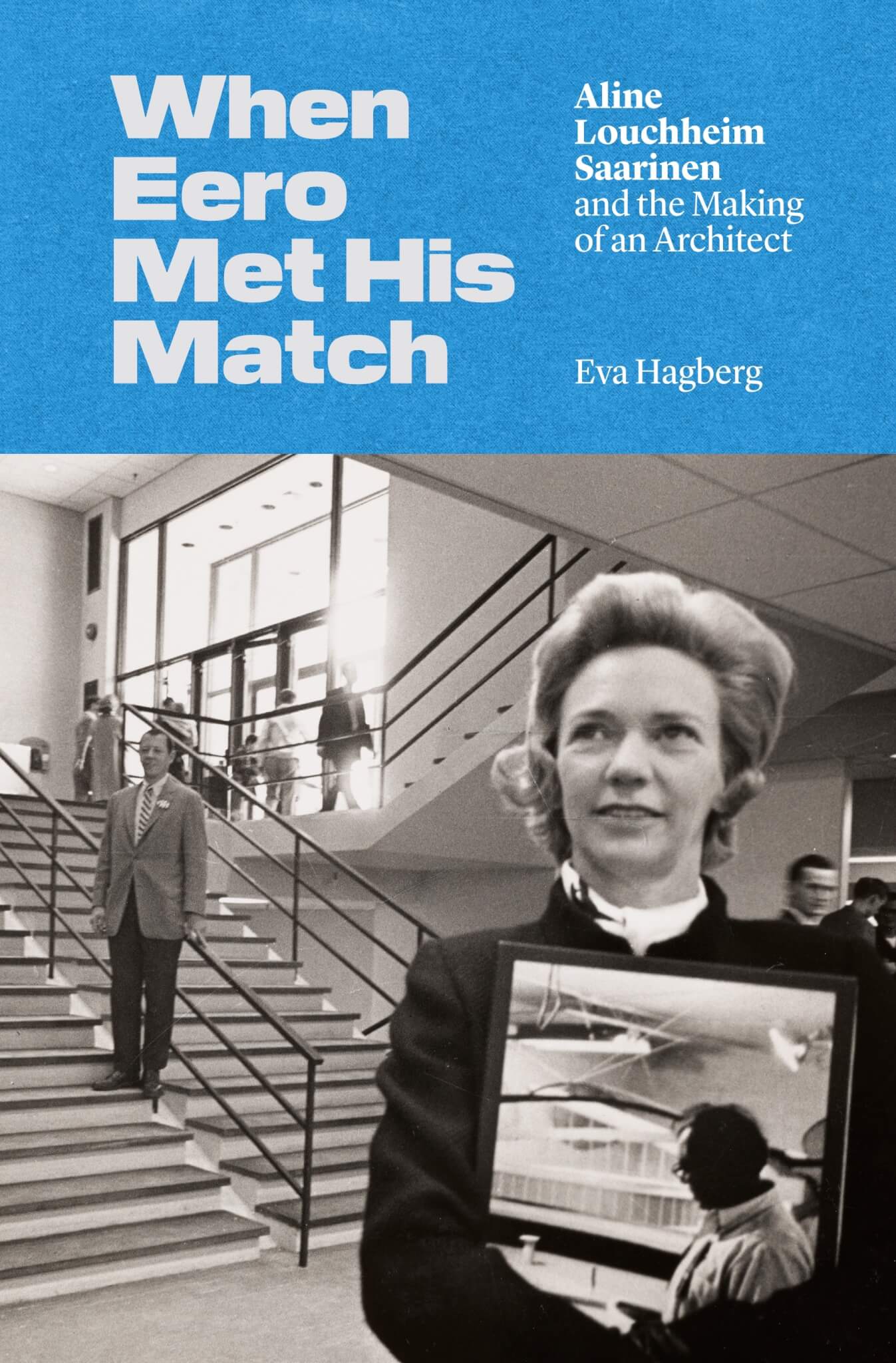
(For the record, during my decades as an architecture writer, which overlapped with Hagberg’s, no New York Times editor was ever nonchalant about reporters accepting free travel.)
There’s a lot about Hagberg in the book, from her professional history (at one point she ran “an anonymous architecture gossip blog”) to her medical travails, including brain surgery, and an episode in which “I’d suddenly become allergic to my home: first just my bedroom, which had pockets of mold growing on almost every surface, then my entire apartment, and then, seemingly, the city of Oakland.” (She fled to Arizona.) If Louchheim had allergies, we aren’t told, but the lives of author and subject unfold in parallel.
After marrying Saarinen, Louchheim became his mouthpiece, leading Hagberg to dub her “the first architectural publicist.” Hagberg herself moved from journalism to PR, grossing as much as $400,000 a year, she writes, representing Bay Area architects while keeping her role mostly secret from her journalist friends. Just like the new Mrs. Saarinen, who alternated between seducing and schooling her husband, Hagberg took pleasure in her push-pull relationships with her clients, almost all of them older men. “I pretended to be less organized than I was; I told unrelated personal stories in meetings so that they would feel my relative youth,” she recounts. When she expressed strong ideas, “I had to always, just as Aline had, temper it with femininity.” And when trying to get a client to agree to a hefty fee, Hagberg expressed doubt about whether he could afford her services. “It was the most emasculating way I could have come at this, and it worked.” Nice!
Hagberg says she got “too close” to her clients “partly because, as a codependent person, I’m bad at boundaries.” She “started to create a certain intimacy with [her] male clients, an intimacy that never crossed the line into the sexual, but that became nevertheless a form of the erotic.” Eventually, she became disenchanted with those same clients. “Some of them, it seemed to me, were trying to work out their personal issues through me,” she writes, without a trace of irony.
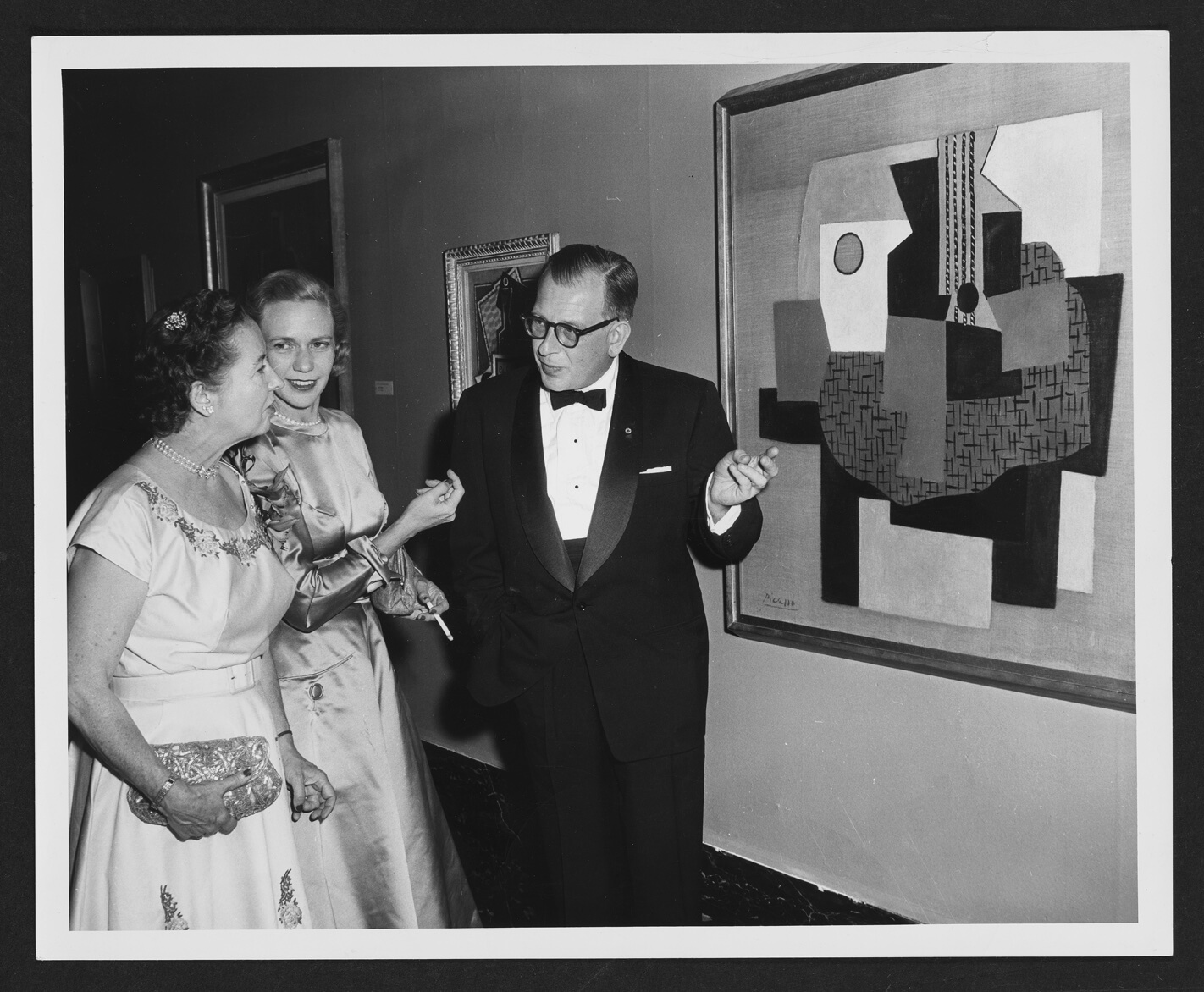
Followers of Hagberg won’t be surprised by the autobiographical departures. Hagberg’s articles, whatever their ostensible subjects, are often about Hagberg. Sometimes the results are dazzling. But commandeering a book on a historic figure published by a major university press feels a bit self-indulgent.
Luckily, Hagberg delivers a serious thesis: Architects become known not just for their buildings but also for the stories told about those buildings. She argues that the highly literate and media-savvy Louchheim created narratives about Saarinen’s buildings that stuck. In a laborious parsing of media coverage of Saarinen’s work, she traces a direct line from language generated by Louchheim—in preparing Saarinen for interviews and in talking up his work to journalists—to the quantity and quality of coverage the architect received. He even made the cover of Time magazine in July 1956, two years after the couple married. Much of Saarinen’s acclaim, Hagberg believes, was due to Louchheim.
Hagberg may be overstating her case. She notes that coverage of Saarinen’s Kresge Auditorium at MIT was less exuberant than that about his TWA terminal at JFK a few years later, even though the auditorium “is objectively as thrillingly designed as” TWA. Objectively? TWA is a far more exciting building, and it’s in the country’s media capital, two (of many) possible explanations for the more fulsome coverage it received. But Hagberg believes the crucial difference is that Louchheim was around to promote TWA but not Kresge.
In a brochure she produced, Louchheim compared the TWA terminal to a bird in flight. In Hagberg’s view, that brilliant analogy excited the press, which repeated it in hundreds of articles. “It will become clear through my analysis that it was Louchheim who introduced the idea of the building being seen through the metaphor of soaring wings, and that she maintained that singular idea through a number of publications,” Hagberg writes.
But anyone can see that the building resembles a bird.
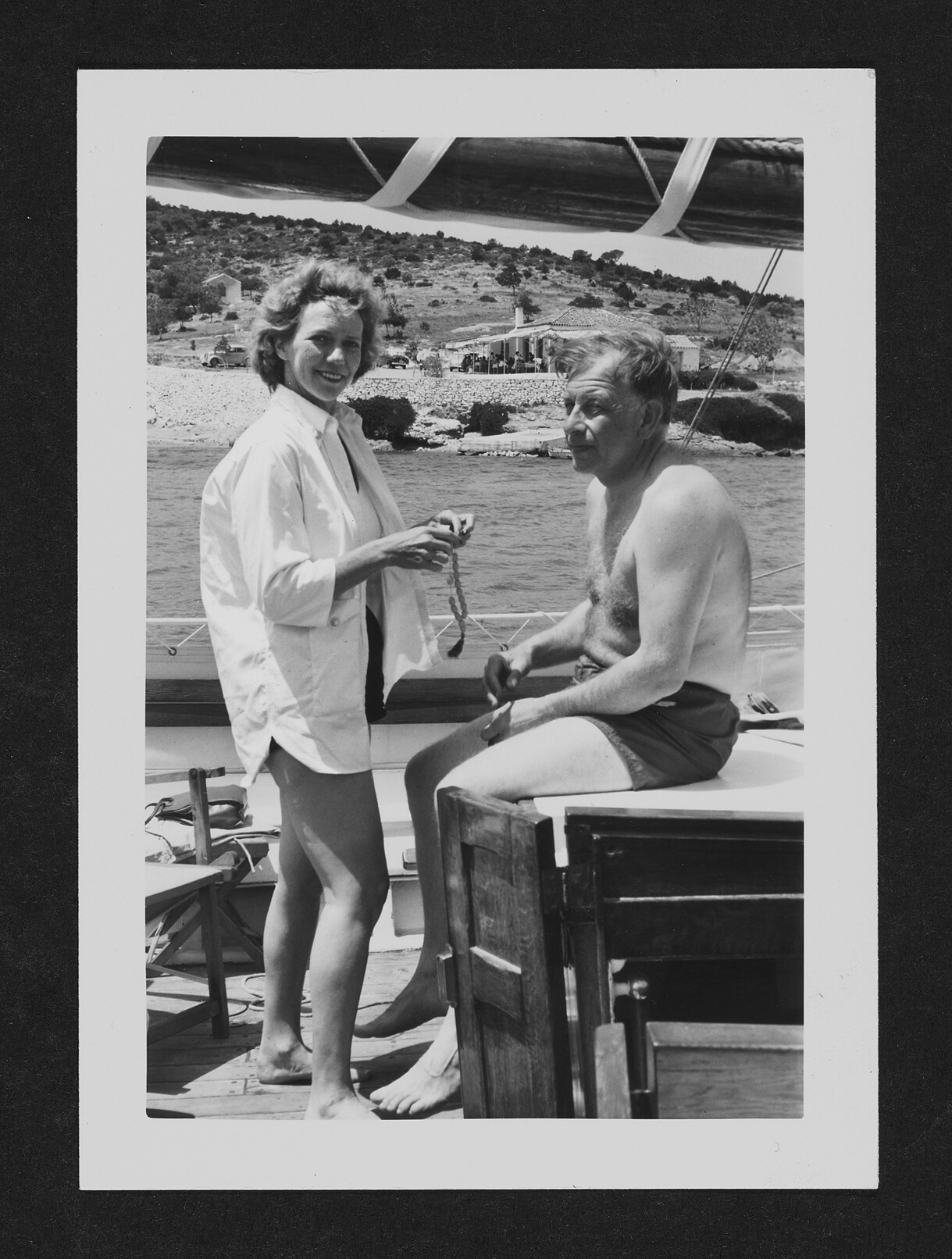
The bottom line for Hagberg? Louchheim’s role is repeatedly overlooked by “historians of Saarinen [who] are unable to see her as contributor/collaborator. … Over and over and over again—she is elided altogether or identified (or misidentified) and then not fully acknowledged.” In fact, there were times when historians and journalists seemed to elide her to protect her from the consequences of her bad judgment in playing both sides of the journalistic fence—she didn’t resign from The New York Times until 1959.
But it’s not enough to attribute Saarinen’s success to his second wife’s PR prowess. Why not go all the way and attribute his architectural achievements to her, too? Hagberg tells us that photographer and memoirist Richard Knight noted that in the 1950s “Saarinen’s form-making changed,” but Knight “overlooks another important element contributing to this shift: Louchheim.” Hagberg adds that “while [Saarinen] of course had his own creative ideas and exploration, this is also the period in which Louchheim fully mobilized herself.” In other words, she was the wizard behind the curtain. The project of obtaining recognition for women who worked behind the scenes is important (I’ve been participating in it for years), but not every male architect deserves a take-down via innuendo.
One can’t not admire Hagberg’s honesty about herself and her work: “I don’t know that history is ever supposed to be a project of figuring out what ‘actually happened,’” she writes. And, she concedes, “some of what I argue or have written is a process of retroactive fitting in of an argument.” She calls that argument “gendered invisibility.”
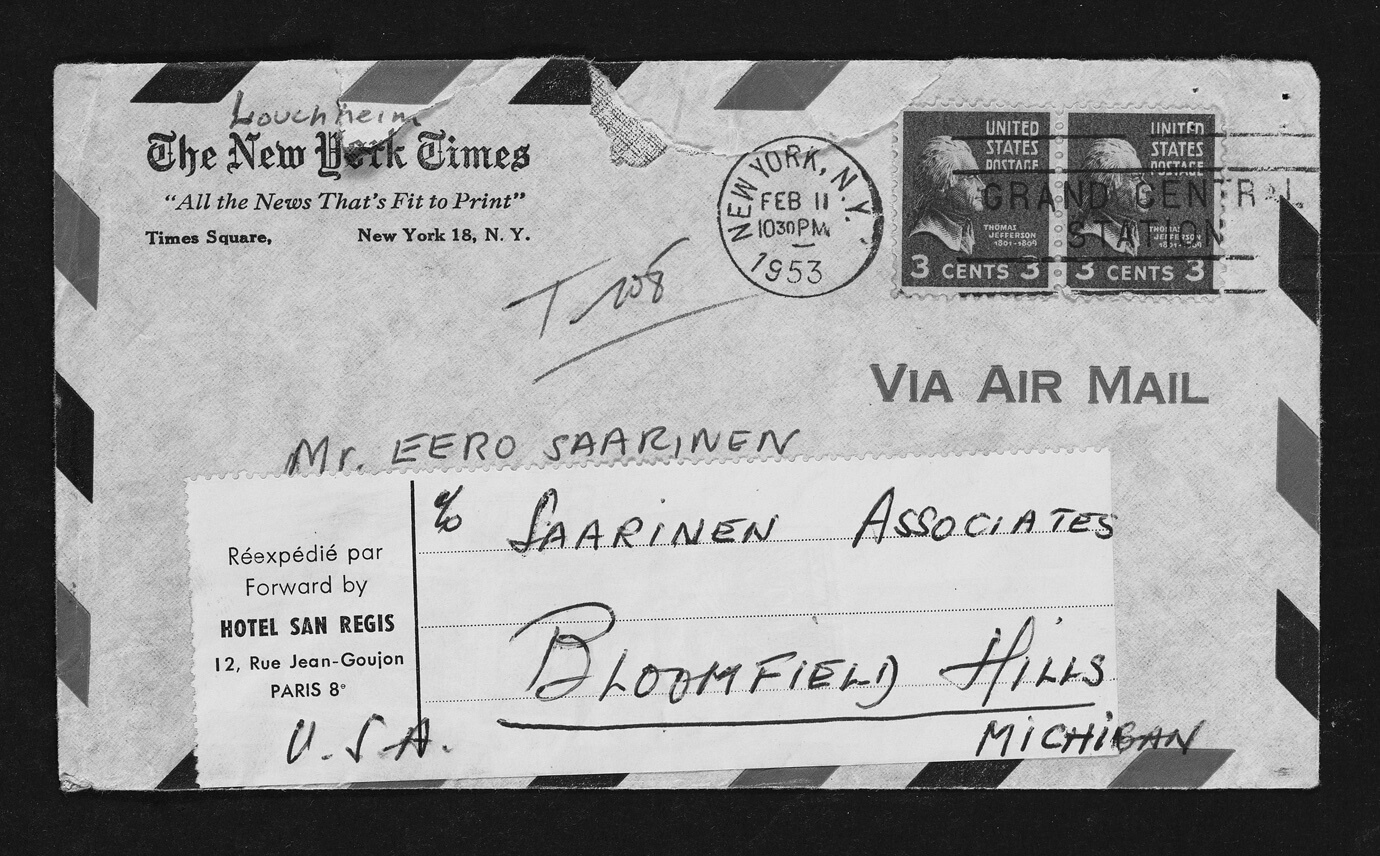
Some of the complaints ring hollow. Arguing that few women architects run firms without men in positions of power, she overlooks California’s estimable Barbara Bestor and New York’s Anne Marie Lubrano and Lea Ciavarra, who, a few years ago, helped add a hotel to Saarinen’s TWA terminal, a hotel Hagberg mentions in the book. Perhaps even more disturbingly, to make the case that Louchheim’s role was unique, she dismisses the contributions of other architects’ wives, including Maria Stone, the second wife of Edward Durell Stone, and Olgivanna Lloyd Wright, the third wife of Frank Lloyd Wright. Stone is described as someone who got “publicity by selling details of a private life.” As for Olgivanna, we are told that she has “generally not been taken seriously by scholars or historians.” The media covered her, but “all of the attention was about her personality, not what she did for Wright.” But, as Hagberg has herself stated, media coverage does not always reflect the truth.
Happily, we now know more about Louchheim—especially her role as a publicist—because Hagberg’s recounting of her own story helps us put her predecessor’s in perspective. And that, presumably, was Hagberg’s goal.
Fred A. Bernstein studied architecture at Princeton and law at NYU and writes about both subjects. He lives in New York City.
On the evening of Thursday, September 15, Eva Hagberg will be joined in conversation by Marianela D’Aprile to celebrate the publication of When Eero Met His Match at Rizzoli Bookstore in Manhattan. More details on this free event, including registration information, can be found here.








